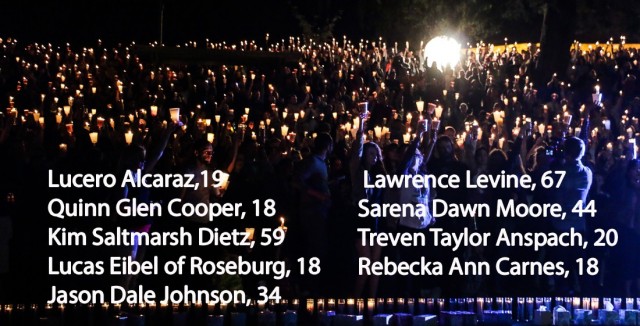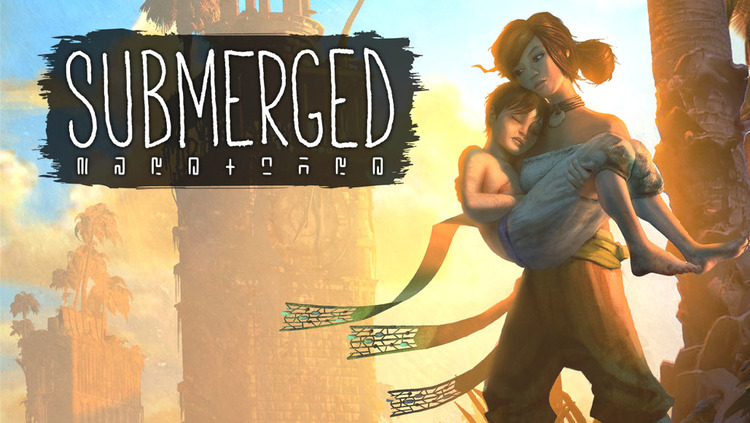I find myself lately (and almost always, really) continuing to think about the future of feminist game studies, continuing to consider its implications and situatedness in academia, continuing to interrogate its orientations, goals, uses, and perspectives. And one thing I have especially been thinking about—something I find myself consistently returning to—is the specific issue of methodologies; that is, what kinds of methodologies can be used in order to implement Feminist Game Studies scholarship? How do such methodologies shape Feminist Game Studies research? And what is it about such methodologies that makes them feminist in scope and practice?
I recently read Nina Lykke’s Feminist Studies: A Guide to Intersectional Theory, Methodology and Writing, and it’s a text that has, in part, rekindled this line of interrogation for me. Indeed, Lykke emphasizes the idea that Feminist Studies requires “theoretical diversity and methodological pluralism” and argues that such theories and methodologies are not universal or fixed. She, thus, argues against a static canon for Feminist Studies and instead encourages readers to think of Feminist Studies as “a field of knowledge production characterized by diversity, fluctuation, fluidity and change.” Central to Lykke’s discussion of such knowledge production is what she calls “an epistemology of situated and partial knowledges”—that is, an epistemology based on Donna Haraway’s discussion of situated knowledges and partial perspectives. Haraway’s definition of situated knowledges is one that I’ve summarized before, and I want to repeat that summary here:
Haraway works to destabilize positivist constructions of objectivity by arguing that knowledge is always embodied and partial and that feminist epistemologies (epistemologies based on positionality, situatedness, complexity, and contradiction) allow us to make knowledge claims through the acknowledgment of this partiality. And I think this acknowledgment of partial, situated knowledges allows us to conceptualize feminist thought as a sort of web, a network, of (situated) feminist knowledges.
This network of feminist thought, this web of situated feminist knowledges, is one that Lykke says implies that the landscape of Feminist Studies scholarship “must always be understood as seen from a non-innocent somewhere,” and this “somewhere” results in the fact that feminist authors must hold themselves accountable for locating themselves within this network, this web. This network of feminist thought, too, causes Lykke to argue that Feminist Studies should not simply be understood as a discipline but, further, as what she calls a postdisciplinary discipline—one that allows Feminist Studies to “pass as a discipline and claim the academic authority of one, but which also keeps up a transversal openness and a dialogical approach to all academic disciplines.”
Lykke extends her discussion of Feminist Studies’ postdisciplinarity and transversal openness to the issue of methodologies, an extension that she sees as vital since discussion about feminist methodologies (that is, the feminist procedures and principles for producing knowledge) generally have not received as much attention as have discussions of feminist epistemologies (that is, what constitutes or counts as scholarly knowledge). And while Lykke points out that certain branches of feminist research implement some methods more than others, she also stresses that, ultimately, Feminist Studies is “characterized by a broad diversity of approaches.” And this pluralism of methods means that it is impossible to talk about one feminist methodology, just as it is impossible to talk about one feminist epistemology. Indeed, Feminist Studies requires such pluralism, Lykke explains, due to its “multi-, inter-, trans- and postdisciplinarity.” Such pluralism, then, allows for Feminist Studies’ ability to transgress disciplinary boundaries and allows for feminist experimentation, new connections and knowledge, and methodological change. This pluralism of methods, then, is what Lykke calls the “overarching guiding methodological principle when it comes to the choice of methods” for Feminist Studies—because such pluralism is what allows for feminist innovation, for feminist futurity.
I think this methodological pluralism is vital, by extension, for Feminist Game Studies as well—because such pluralism results in feminist innovation, because such innovation is needed for Feminist Game Studies to enact change, and because such change requires the establishment of a network of diverse and experimental feminist perspectives in order to occur. Indeed, I think the work that we do here at Not Your Mama’s Gamer exemplifies one manner in which such a network can be implemented.
And I think that what is important about such networks of diverse feminist approaches and methods is the fact that they demonstrate the value of implementing intersectionality in feminist research, the fact that, as Lykke puts it, intersectional approaches and methodologies can be “integral to a major part of feminist research.” Because, ultimately, the experimentation, innovation, and pluralism of methods that Lykke emphasizes work to construct an intersectional approach that allows for diverse research based on methodological inclusivity. And such intersectional methodologies are needed for Feminist Game Studies to be a productive, generative space for the feminist interrogation of games.




